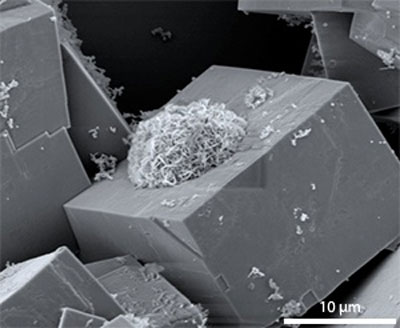 Metal-organic frameworks (MOFs) are highly porous, ordered networks consisting of inorganic centers linked by organic moieties. Their large surface areas make them attractive for various uses including catalysis, gas storage, and as filtration and purification membranes. Such industrial applications, however, require large-scale, well-controlled synthetic routes, which for MOFs have proved difficult to achieve. Dario Buso and Paolo Falcaro from the CSIRO in Australia have now led a group of researchers in developing a seeding method that can trigger MOF formation in a spatially controlled way whilst simultaneously allowing functionalization of the framework.
Metal-organic frameworks (MOFs) are highly porous, ordered networks consisting of inorganic centers linked by organic moieties. Their large surface areas make them attractive for various uses including catalysis, gas storage, and as filtration and purification membranes. Such industrial applications, however, require large-scale, well-controlled synthetic routes, which for MOFs have proved difficult to achieve. Dario Buso and Paolo Falcaro from the CSIRO in Australia have now led a group of researchers in developing a seeding method that can trigger MOF formation in a spatially controlled way whilst simultaneously allowing functionalization of the framework.
Jun 13th, 2011
Read more
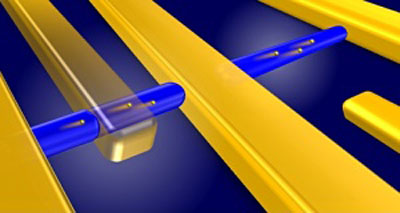 Resistive memory is known to rely on the formation and destruction of nanoscale, filamentary conductive pathways between the electrodes. However, the exact nature of these pathways is not completely understood, particularly for materials in which positive charge carriers are responsible for conduction, known as 'p-type' materials. Takeshi Yanagida, Tomoji Kawai and colleagues at Osaka University in Japan and Konkuk University in Korea have now revealed key details of resistive switching in p-type devices.
Resistive memory is known to rely on the formation and destruction of nanoscale, filamentary conductive pathways between the electrodes. However, the exact nature of these pathways is not completely understood, particularly for materials in which positive charge carriers are responsible for conduction, known as 'p-type' materials. Takeshi Yanagida, Tomoji Kawai and colleagues at Osaka University in Japan and Konkuk University in Korea have now revealed key details of resistive switching in p-type devices.
Jun 13th, 2011
Read more
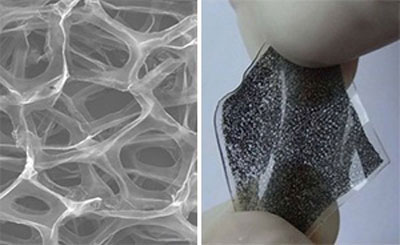 A new deposition technique produces three-dimensional graphene structures that remain extraordinarily conductive after elastic deformation.
A new deposition technique produces three-dimensional graphene structures that remain extraordinarily conductive after elastic deformation.
Jun 13th, 2011
Read more
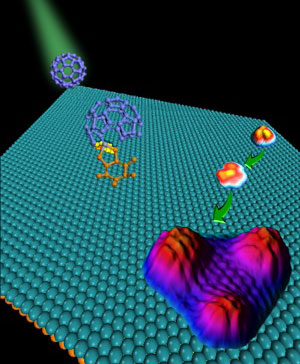 Well-defined graphene quantum dots can be synthesized from fullerenes using a ruthenium catalyst.
Well-defined graphene quantum dots can be synthesized from fullerenes using a ruthenium catalyst.
Jun 13th, 2011
Read more
Next-generation facility produces X-ray laser with shortest ever wavelength.
Jun 13th, 2011
Read more
Researchers from Institute of Materials Research and Engineering (IMRE), an institute of Singapore's Agency for Science, Technology and Research (A*STAR) have invented new 'smart' biomaterials including a unique hydrogel that has an on-off switch to precisely control its density and a new modular block copolymer that can be tailored to be triggered by specific temperatures.
Jun 13th, 2011
Read more
It sounds like something out of a comic book or a science fiction movie - a living laser - but that is exactly what two investigators at the Wellman Center for Photomedicine at Massachusetts General Hospital have developed. The researchers describe how a single cell genetically engineered to express green fluorescent protein can be used to amplify the light particles called photons into nanosecond-long pulses of laser light.
Jun 12th, 2011
Read more
A new generation of high speed, silicon-based information technology has been brought a step closer by researchers in the Department of Electronic and Electrical Engineering at UCL and the London Centre for Nanotechnology. The team's research provides the first demonstration of an electrically driven, quantum dot laser grown directly on a silicon substrate with a wavelength suitable for use in telecommunications.
Jun 12th, 2011
Read more
 With the completion of a successful prototype, engineers at Oregon State University have made a major step toward addressing one of the leading problems in energy use around the world today - the waste of half or more of the energy produced by cars, factories and power plants.
With the completion of a successful prototype, engineers at Oregon State University have made a major step toward addressing one of the leading problems in energy use around the world today - the waste of half or more of the energy produced by cars, factories and power plants.
Jun 10th, 2011
Read more
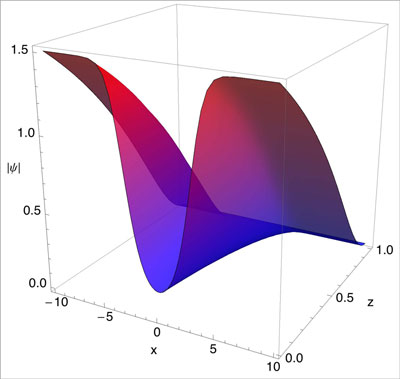 In recent years, UC Santa Barbara scientists showed that they could reproduce a basic superconductor using Einstein's general theory of relativity. Now, using the same theory, they have demonstrated that the Josephson junction could be reproduced.
In recent years, UC Santa Barbara scientists showed that they could reproduce a basic superconductor using Einstein's general theory of relativity. Now, using the same theory, they have demonstrated that the Josephson junction could be reproduced.
Jun 10th, 2011
Read more
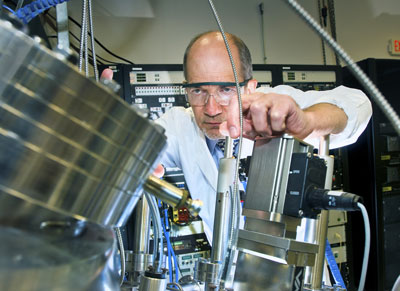 Surprising discovery may offer clues to emergence of high-temperature superconductivity.
Surprising discovery may offer clues to emergence of high-temperature superconductivity.
Jun 10th, 2011
Read more
A team of scientists and engineers led by University of Illinois at Chicago engineering professor Christos Takoudis will use a $475,000 National Science Foundation grant to study ways of building nano-scale solid oxide fuel cells that operate efficiently at intermediate-range temperatures.
Jun 10th, 2011
Read more
wenty-eight presentations delivered at the Joint JRC Nano event and 2nd ENPRA Stakeholders Workshop are now available on-line.
Jun 10th, 2011
Read more
 Researchers have developed a new type of imaging technology to diagnose cardiovascular disease and other disorders by measuring ultrasound signals from molecules exposed to a fast-pulsing laser.
Researchers have developed a new type of imaging technology to diagnose cardiovascular disease and other disorders by measuring ultrasound signals from molecules exposed to a fast-pulsing laser.
Jun 9th, 2011
Read more
Project will develop innovative processing to reduce the manufacturing cost of Organic LEDs.
Jun 9th, 2011
Read more
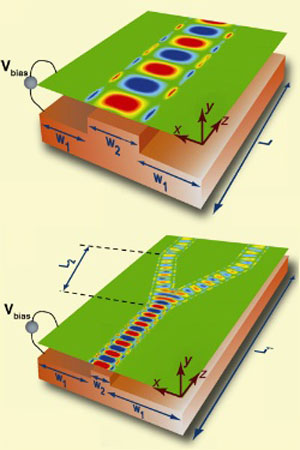 Two University of Pennsylvania engineers have proposed the possibility of two-dimensional metamaterials. These one-atom-thick metamaterials could be achieved by controlling the conductivity of sheets of graphene, which is a single layer of carbon atoms.
Two University of Pennsylvania engineers have proposed the possibility of two-dimensional metamaterials. These one-atom-thick metamaterials could be achieved by controlling the conductivity of sheets of graphene, which is a single layer of carbon atoms.
Jun 9th, 2011
Read more
 Metal-organic frameworks (MOFs) are highly porous, ordered networks consisting of inorganic centers linked by organic moieties. Their large surface areas make them attractive for various uses including catalysis, gas storage, and as filtration and purification membranes. Such industrial applications, however, require large-scale, well-controlled synthetic routes, which for MOFs have proved difficult to achieve. Dario Buso and Paolo Falcaro from the CSIRO in Australia have now led a group of researchers in developing a seeding method that can trigger MOF formation in a spatially controlled way whilst simultaneously allowing functionalization of the framework.
Metal-organic frameworks (MOFs) are highly porous, ordered networks consisting of inorganic centers linked by organic moieties. Their large surface areas make them attractive for various uses including catalysis, gas storage, and as filtration and purification membranes. Such industrial applications, however, require large-scale, well-controlled synthetic routes, which for MOFs have proved difficult to achieve. Dario Buso and Paolo Falcaro from the CSIRO in Australia have now led a group of researchers in developing a seeding method that can trigger MOF formation in a spatially controlled way whilst simultaneously allowing functionalization of the framework.








 Subscribe to our Nanotechnology News feed
Subscribe to our Nanotechnology News feed